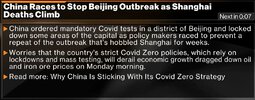over9k
So I didn't tell my wife, but I...
- Joined
- 12 June 2020
- Posts
- 5,296
- Reactions
- 7,531
China's been manoeuvring to get off oil & gas for quite some time now, pushing coal and electric cars hard. They obviously still need oil etc but coal's the play for them.








